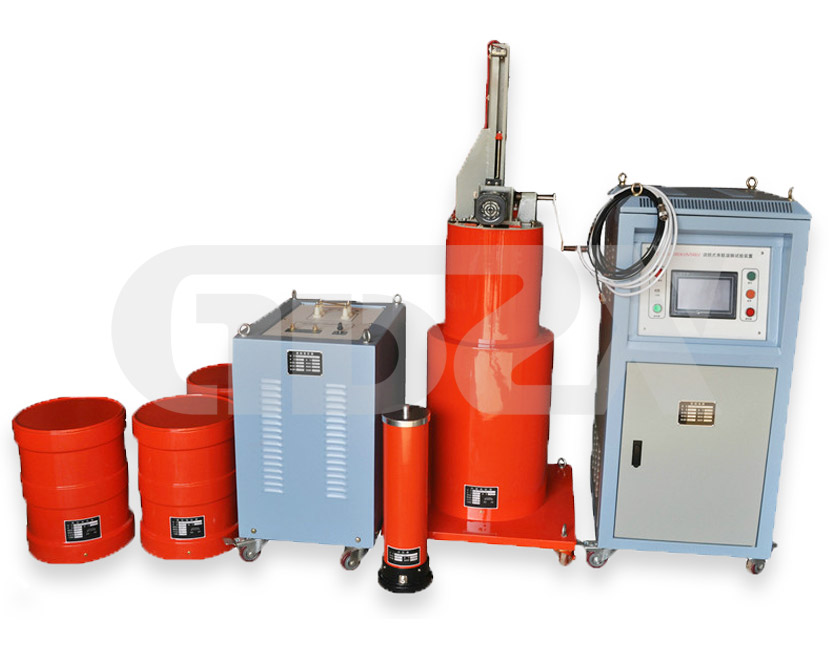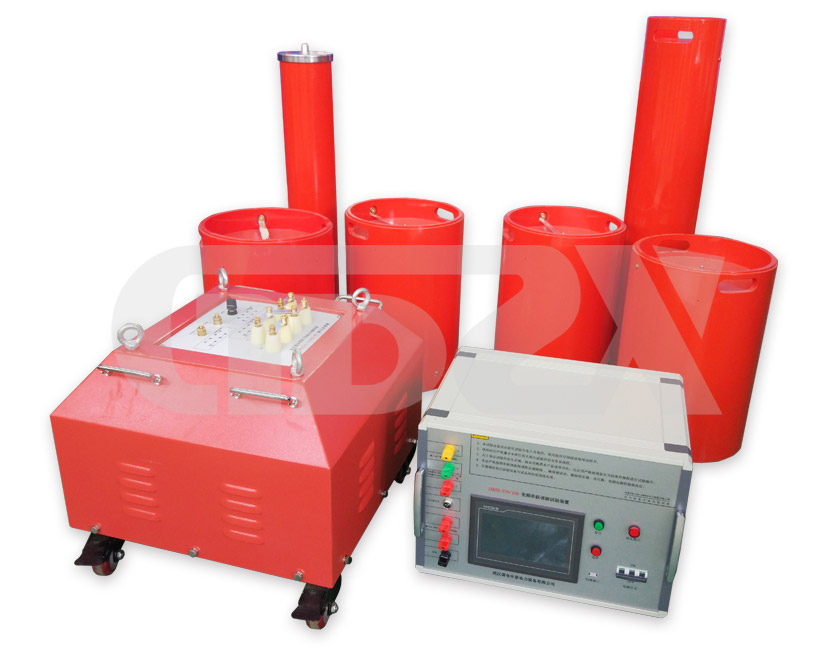NEWSnews
What Are The Main Methods Of The Power Cable Withstand Voltage Test?
Cable withstand voltage test is a detection method to find the existence of cable faults. It is easy to be affected by various factors during the test, leading to problems such as failure and short circuit. The following describes the main methods of cable withstand voltage test.
I Ultra-low Frequency Withstand Voltage Test
The ultra-low frequency (0.1Hz) withstand voltage test method first appeared in 1980. It is mainly a non-destructive test method used to observe whether there is an insulation defect in the operation of the cable. The method has been tested in a large number of laboratory tests and field tests to confirm that the The low-frequency withstand voltage test has a good application effect in the withstand voltage test of low-voltage power cables. The method uses the principle of converting 50Hz AC power to DC voltage through rectification and filtering, and then converting the DC voltage to 1kHz AC voltage through an inverter circuit, and then completing the amplitude modulation process by a 0.1Hz sine oscillator. After the amplitude modulation, 1kHz AC voltage and other amplitude waves will change into 0.1Hz changing amplitude waves. It is mainly based on the high voltage formed between the high-voltage transformer and the voltage multiplier circuit, which mainly manifests as a sine wave, and is mediated by a varistor, so that the high AC voltage load output is a 0.1Hz high-voltage sine waveform. The advantages of the ultra-low frequency withstand voltage test are: ① no damage; ② high accuracy; ③ the equipment is small and easy to carry. However, the output voltage level of this method is low, and it is mainly used in the withstand voltage test of medium and low voltage cables.

II Inductive Power Frequency Series Resonance Test
This method mainly uses the inductive reactance of the reactor and the capacitive reactance of the tested cable capacitance to generate resonance in a 50Hz power frequency environment, and a high voltage is generated during this process. The advantages of the tuned power frequency series resonance test are: ① the output current waveform is basically a sine wave; ② the specificity is high, and only after the series resonance circuit satisfies the conditions for generating resonance, a high voltage will be formed. If a problem occurs, the circuit will be abnormal, which is equivalent to a short circuit of the cable, and the high voltage will also drop in consistency. Because the reactor can limit the short-circuit current, the protection device is not affected, so there is no need to install a resistance protection device. The disadvantages of this test method are its complicated operation, low system quality factor, low level of automation, and high noise, which limits its practical application.

III Frequency Conversion Series Resonance Test
The principle of the frequency conversion series resonance test is similar to the principle of the above-mentioned inductive power frequency series resonance test. The only difference is that the frequency conversion series resonance test is to achieve resonance in the test circuit by adjusting the output voltage frequency in the variable frequency power supply. The series resonance test is based on adjusting the inductance generated by the reactor at a power frequency of 50Hz to achieve resonance in the test circuit. The advantages of the variable frequency series resonance test are: when the power supply capacity required for the test is lower than the power supply capacity of the cable under test, the test can be performed at a far lower power level than the required power supply, which can effectively improve the efficiency of field tests and overcome The shortcomings of the adjustable power frequency withstand voltage test device enable it to be more widely used in actual life. In addition, the operating frequency of the variable-frequency series resonance test is only 30 to 300 Hz, which can complete the problem that the frequency of the ultra-low frequency withstand voltage test is too low and the loss is small, which does not match the actual loss. Therefore, the results obtained from the frequency conversion series resonance withstand voltage test are precise, comprehensive and reliable.

GDZX is a manufacturer of high voltage test equipment. The main equipment produced are: series resonance, DC high voltage generator, ultra-low frequency high voltage generator, partial discharge tester, DC resistance tester, relay protection tester, loop resistance tester, Cable fault tester, etc., there are many types of products, all models, good reputation, welcome to buy.





















